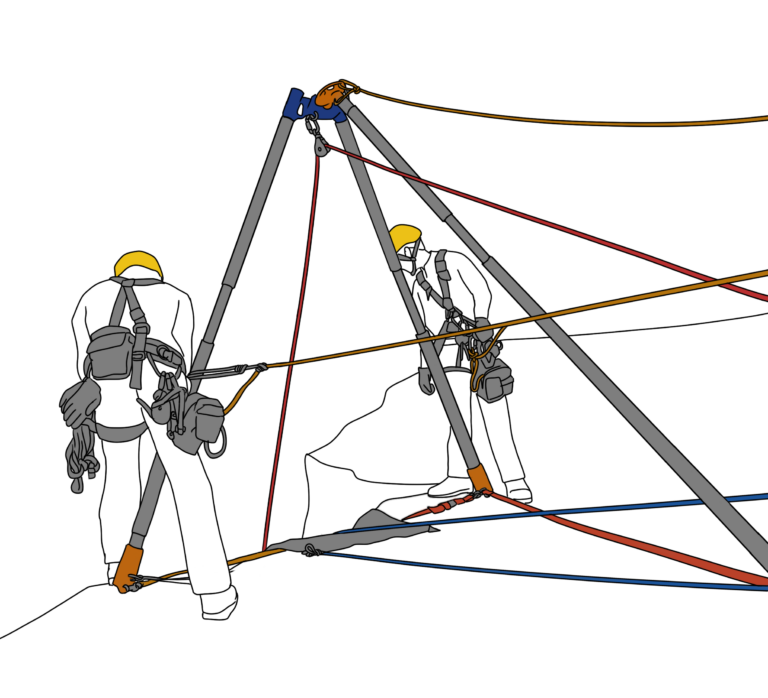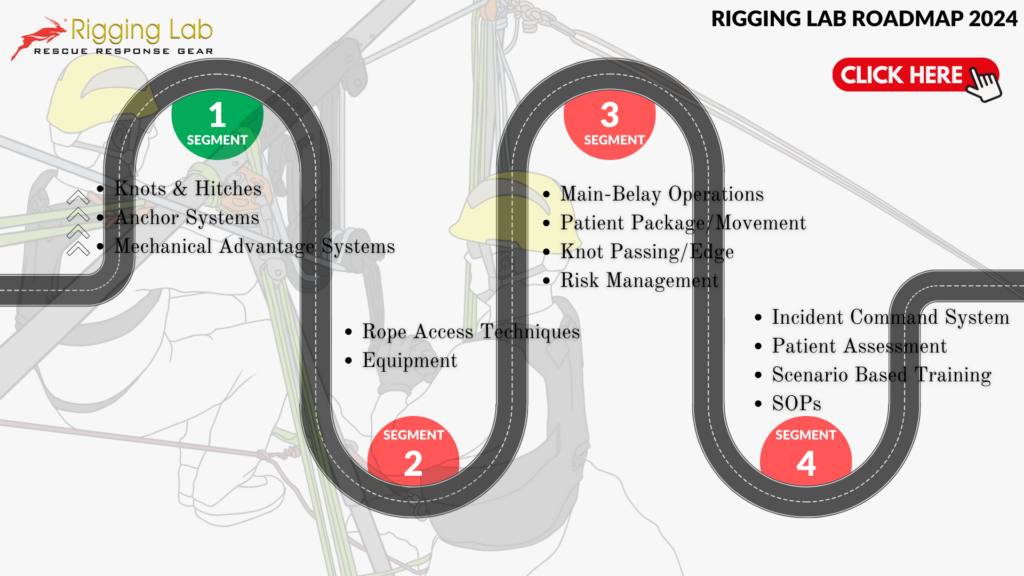High-angle rescue stands as a beacon of hope and technical prowess in the face of nature’s most daunting terrains. These operations, essential for saving lives where the ground falls away into steep declines, demand a blend of courage, skill, and knowledge. Today, we delve into the world of high-angle versus low-angle rescues, unraveling the complexities that distinguish these life-saving efforts.
- Importance of high-angle rescue in challenging terrains
- Distinction between high-angle and low-angle rescues
Understanding High-Angle Rescues
At the heart of our discussion is the high-angle rescue, defined by its operation in environments where rescuers and victims face vertical or near-vertical obstacles. Unlike its counterpart, the low-angle rescue, high-angle operations engage with more severe inclines, where direct access to the victim is obstructed by the terrain’s steepness. The inherent challenges of these rescues—navigating sheer cliffs, towering structures, and the unforgiving faces of urban edifices—test the limits of human resolve and technical capacity.
- Definition of high-angle rescue scenarios
- Technical distinctions between high-angle and low-angle operations
- Risks and complexities in high-angle rescue environments
Core Techniques in High-Angle Rescue
The cornerstone of a successful high-angle rescue lies in mastering several critical techniques. Edge management ensures the safety of both rescuers and victims at the precipice of danger. Techniques for victim extraction, including lowering and raising operations, become the lifelines by which individuals are retrieved from the brink. Furthermore, specialized patient packaging is paramount, securing victims for the vertical journey to safety with utmost care and precision.
- Edge management strategies for safety
- Lowering and raising victims: methods and precautions
- Patient packaging for vertical extractions: best practices
Essential Equipment for High-Angle Rescues
No high-angle rescue can proceed without its arsenal of specialized equipment. Harnesses cradle life in midair, helmets guard against the unexpected, and pulleys orchestrate the delicate dance of descent and ascent. This gear, essential for the rigors of high-angle work, requires rigorous maintenance and a deep understanding of its use, ensuring that when lives hang in the balance, the equipment will not falter.
- Must-have gear: harnesses, helmets, pulleys
- Maintenance and usage tips for rescue equipment
- Importance of quality and reliability in rescue gear
Low-Angle Rescue Considerations
While our focus has been on the vertical challenges of high-angle rescue, the principles of low-angle rescue remain ever relevant. These operations, though less steep, demand their own set of techniques and equipment, often serving as a foundation for their high-angle counterparts. The integration of low-angle tactics into high-angle scenarios demonstrates the fluidity and adaptability required in the field of rescue.
- Role and importance of low-angle rescue techniques
- Differentiating techniques and equipment for low-angle rescues
- Synergy between high-angle and low-angle rescue skills
Conclusion
The journey through the realm of high-angle rescue reveals a landscape where technique, equipment, and courage converge. As we continue to push the boundaries of what’s possible, the call for continuous learning and skill enhancement echoes across the canyons and cityscapes alike. Engage with further education, seek out advanced training opportunities, and share the knowledge gained with a community united in the pursuit of saving lives.
- The critical role of continuous learning in rescue operations
- Encouragement for engagement with advanced training
- Sharing knowledge and experiences within the rescue community
Peace on your Days
Lance










